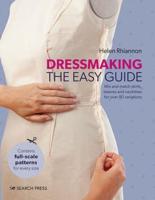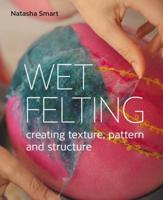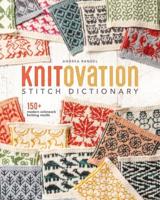Publisher's Synopsis
Table of Contents Introduction Materials Needed for Patchwork Templates Making Your Own Templates Traditional Way of Making Templates How to Make up a Patch Making a Hexagon Shape Selection of Fabric How to Sew the Patches Together Making Rosettes Finishing Traditional Designs Roman square Checkerboard Design Cotton Reel Windmill Baskets Triangle patches Traditional Cathedral Window Pattern Constructing the Patches. Making a Pincushion Conclusion Author Bio Publisher Introduction When I wrote a book on how to learn quilting, in our learning series, I noticed that many of the traditional works which were seen in the museums were made up of patches of cloth. In fact, excavations in ancient Egypt have shown clothes made out of patchwork. So it should not be surprising that mankind has been using his ingenuity to use his habit of thrift, as well as creativity in order to make useful things for his family. And that is why we should not find it surprising that patchwork has been around for centuries, and the people before us being frugal, and ready to utilize every bit of material in their houses to their utmost knew exactly how to take care of stray bits of cloth. Firstly, they made clothes out of them. These clothes were handed down from child to child and stitched to fit the youngsters. Only the very rich could afford to buy new clothes for all their children, and down the ages, many families learned how to make do. Children took it for granted that they would be wearing clothes, which may have belonged to somebody else. In fact I have some 75-year-old photographs of my father wearing a pair of trousers, which were about 3 inches short. As he was the first son of his large family, - which was comparatively prosperous - I asked him whether he had been wearing new shorts, and if so, why didn't they fit him? He said that it is possible that they belonged to one of his numerous uncles, who had outgrown them. These also included blankets, quilts, and rugs, especially those rugs made of thick and absorbent material which were made by hand, and placed under a baby. These rugs used to be washed and sunned every second day, to get rid of any potential germs, especially if the baby wet it. So it was taken for granted that nothing was waste, in poor as well as rich families. Only royalty wore clothes just once, and then gave those clothes to the people around them.









